Oslo, Norway’s capital, is a city where nature and culture meet in a harmonious dance. The fresh air, the deep fjords, and the green hills surround a city full of life and stories. Whether you arrive by plane at Oslo Airport or train to the main station, the city welcomes visitors with a calm but lively spirit. During my stay, I found Oslo a place of contrasts-modern buildings beside old wooden houses, quiet parks near busy markets, and museums filled with art sitting close to cozy cafés. This city invites you to slow down, look around carefully, and enjoy small moments of local life.
Table of Contents
After enjoying Oslo’s rich culture and nature, you might appreciate how Helsinki balances city life with natural beauty and efficient transport.
For a change of pace, you might enjoy Miami’s vibrant coastal energy and city lights, where sea breeze meets urban rhythm beautifully.

Walking Through Oslo’s Landmarks and Streets
Start your Oslo experience by visiting the iconic Opera House. Its sharp white roof looks like a glacier rising from the water, and you can walk on top of it. From there, the view of the fjord and city is breathtaking. Not far from the Opera House is the Akershus Fortress. This medieval castle has stood guard over Oslo for centuries and offers a walk through history amidst solid stone walls and peaceful gardens.

One quiet moment I loved was at the Vigeland Sculpture Park. The park is home to hundreds of statues made by Gustav Vigeland, showing people in all stages of life. It is easy to feel the artist’s deep look into human emotions. Visitors often miss the fact that this is the world’s largest sculpture park made by a single artist. Spending a sunny afternoon here, I watched children play and couples stroll, the sculptures telling stories without words.

Another must-see is the Fram Museum on Bygdøy Peninsula. It holds the famous ship Fram, which traveled farther north and south than any other wooden ship. The museum shows Norway’s polar exploration history in an exciting way. If you want to learn about the brave explorers who faced icy seas and darkness, this place will catch your imagination.

Hidden Corners and Neighborhoods Worth Your Time
Beyond the known sights, Oslo hides charming areas full of surprises. Grünerløkka, once an industrial district, is now the city’s creative heart. Here, old factories have turned into cafés, galleries, and small shops selling handmade goods. I found a tiny bookstore where an elderly woman recommended Norwegian poetry and local stories. In Grünerløkka, colorful street art mixes with leafy parks, making it a joyful place to wander.

If you want to enjoy calm water views away from the crowds, head to Sørenga. This area is a newer part of Oslo, built along the fjord with wooden piers and modern homes. Locals swim in the clean water during summer, while others relax on the wooden decks. It’s a perfect spot for a quiet afternoon picnic or watching the sunset paint the sky orange and pink.

Taste of Oslo: Flavors from Districts and Dining Spots
Norwegian food in Oslo reflects the seasons and the sea. Fish is king here, but you will find more than just salmon. In neighborhoods like Mathallen, a food hall in an old industrial building, you can try cod liver, smoked trout, and freshly baked rye bread. The smell of fresh bread and coffee fills the air, inviting visitors to stop and taste the artisanal offerings.
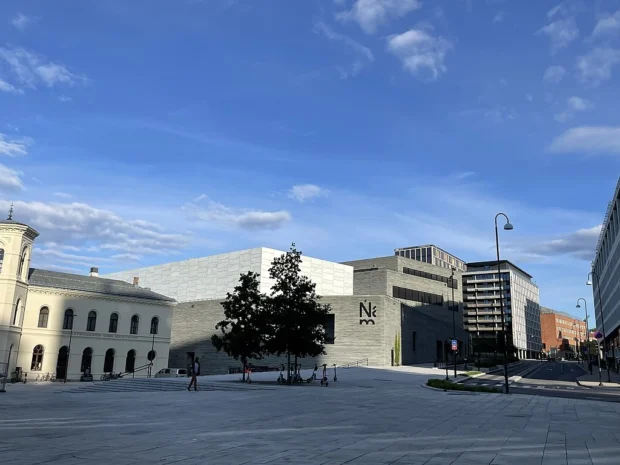
In Grünerløkka, small cafés serve “brown cheese” (a sweet, caramel-like cheese unique to Norway). I sampled it on a crisp sandwich with cloudberry jam-a taste combination that surprised me but grew on me quickly. At one café, a barista told me how coffee culture in Oslo is strong; people meet over a cup to talk, read, or watch the world go by. It’s not just coffee; it’s a way to connect.

Getting Around Oslo with Ease
Oslo’s public transport system is clean and efficient. From Oslo Airport Gardermoen, the train ride to the city center takes about 20 minutes. The main train station is also a hub for buses and trams that reach all corners of the city. If you want to see Oslo as locals do, buy a day pass for public transport. It lets you hop on and off buses, trams, and ferries without worry.
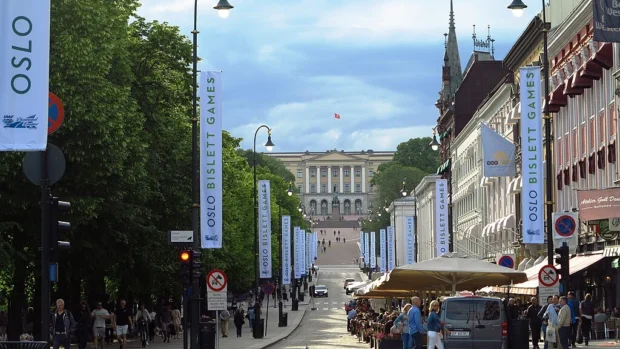
One fun tip: take a ferry from the city center to Bygdøy Peninsula. It’s a short ride across the fjord with beautiful views and a fresh breeze. This ferry trip is more than transport; it feels like joining a local ritual to escape into nature and museums.

Customs and Social Culture in Oslo
Norwegians value personal space and quietness in public places. When riding public transport or walking in parks, it’s polite to keep conversation volume low and avoid interrupting others. On the other hand, people are friendly and often ready to help if you ask politely.
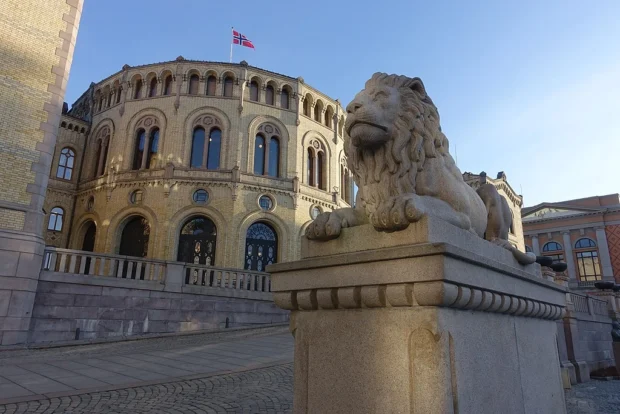
Wait your turn patiently, especially in shops and cafés. Norwegians do not like to cut lines, so standing in order is important. Also, shoes are often removed when entering someone’s home, a sign of respect and cleanliness.

A small but meaningful custom is the “koselig” feeling-a word describing coziness, warmth, and togetherness. It’s the spirit you find in candle-lit cafés or quiet evenings with friends. Experiencing “koselig” is like touching the heart of Norwegian life.
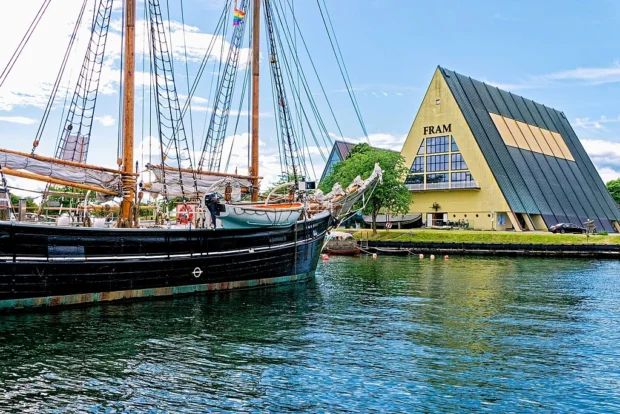
The Quirks and Stories Behind Oslo’s Charms
Did you know that Oslo was once called Christiania? In the 17th century, the city was rebuilt and renamed after King Christian IV following a great fire. The old name still appears on some street signs and in local stories.

Another odd fact is that Oslo is one of the few capitals that sits close to a large forest. Just a short tram ride from downtown, you can be in the woods, walking or skiing depending on the season. This mix of city and nature creates a special atmosphere that surprised me many times.
One evening, sitting by the waterfront, I talked with a local artist about Oslo’s art scene. He explained how public sculptures and murals are not just decorations-they are conversations between the city and its people. This idea made me look at every corner with new eyes, finding art hidden in everyday places.
Where to Stay for the Best Oslo Feeling
Choosing where to stay depends on what you want to feel. If you like being near the action, the city center offers easy access to museums, shops, and restaurants. For a quieter stay, the neighborhoods around Frogner and Majorstuen have beautiful old buildings and peaceful parks.
For those who want to mix nature and urban life, accommodations near the fjord or the forest edges provide mornings filled with bird songs and fresh air. Wherever you choose, Oslo’s public transport will bring you quickly to the heart of the city. This accessibility lets you rest in calm places while still enjoying rich city life.
As I left Oslo, the memories of crisp air, gentle waves, and quiet streets stayed with me. This city does not shout for attention; it invites you to listen and observe. Whether you seek art, history, nature, or just a peaceful moment in a café, Oslo offers a calm but deep experience that stays quietly in the heart.
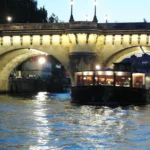
Lover of cities, local cafés, and historic streets, exploring urban life with attention to architecture and culinary delights.
- Royal Palace Slottet Oslo Norway (2023.04.28) by Geir Hval (www.MacWhale.eu) on Wikimedia Commons – cc by-sa 4.0
- Norway – Oslo, Vigeland Park – panoramio (6) by randreu on Wikimedia Commons – cc by 3.0
- 20240809 133318 Oslo, Norway 06 by Dwxn on Wikimedia Commons – cc by-sa 4.0
- Akershus Fortress, Oslo, 13th cent. and after (14) (36068948040) by Richard Mortel from Riyadh, Saudi Arabia on Wikimedia Commons – cc by 2.0
- Munchmuseet Oslo JUN2019 by Annikdance on Wikimedia Commons – cc by-sa 4.0
- Fram museum – Oslo, Norway by hh oldman on Wikimedia Commons – cc by 3.0
- Am 11. Juli 2005 wurde in Oslo das Nobel Friedenszentrum eröffnet. 03 by Holger Uwe Schmitt on Wikimedia Commons – cc by-sa 4.0
- Nasjonalmuseet for kunst, Oslo (5) by Ssu on Wikimedia Commons – cc by-sa 4.0
- Holmenkollen, Oslo, Norway (36144406530) by Domenico Convertini from Zurich, Schweiz on Wikimedia Commons – cc by-sa 2.0
- Karl Johans gate, Oslo – Royal Palace, Oslo – perspective by Philippe Salgarolo on Wikimedia Commons – cc by-sa 4.0
- Exhibition in Viking Ship Museum, Oslo 01 by Grzegorz Wysocki on Wikimedia Commons – cc by 3.0
- Stortingsbygningen (Parliament of Norway) Løvebakken Oslo 2020-02-26 Løveskulptur (Statues of lion) Christopher Borch ca 1866 Vinterlig ettermiddagslys (Winter afternoon) etc 05072 by Wolfmann on Wikimedia Commons – cc by-sa 4.0
- 14-09-02-oslo-RalfR-401 by Ralf Roletschek on Wikimedia Commons – gfdl 1.2
- "Die Fram wurde bei drei berühmten Polarexpeditionen eingesetzt". 03 by Holger Uwe Schmitt on Wikimedia Commons – cc by-sa 4.0
- Old Vicarage in Norwegian Museum of Cultural History – panoramio by dokaspar on Wikimedia Commons – cc by-sa 3.0
